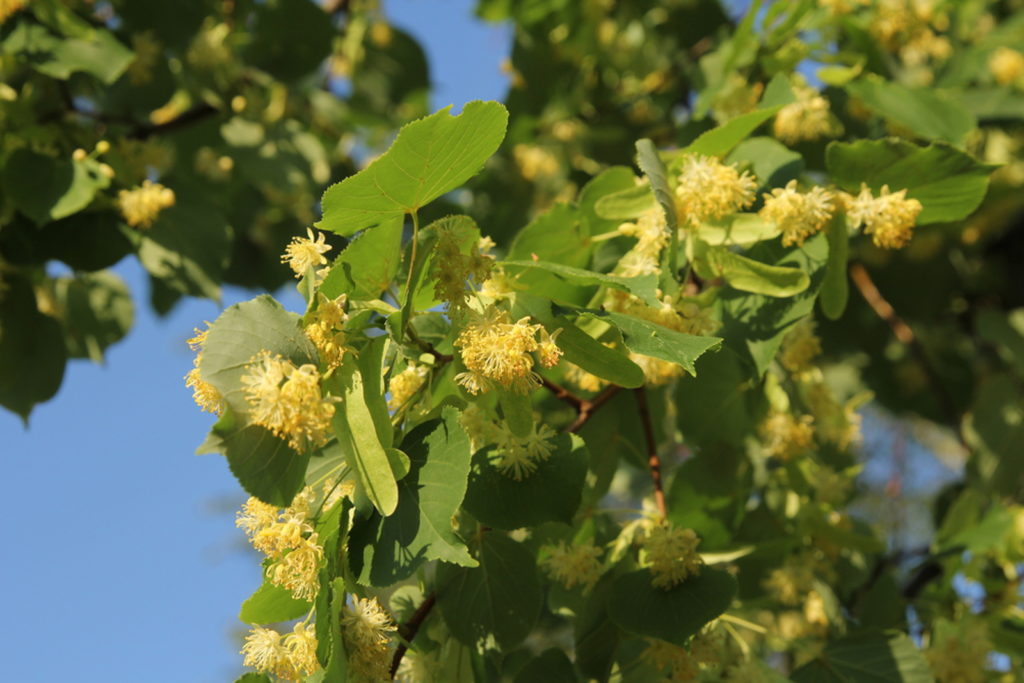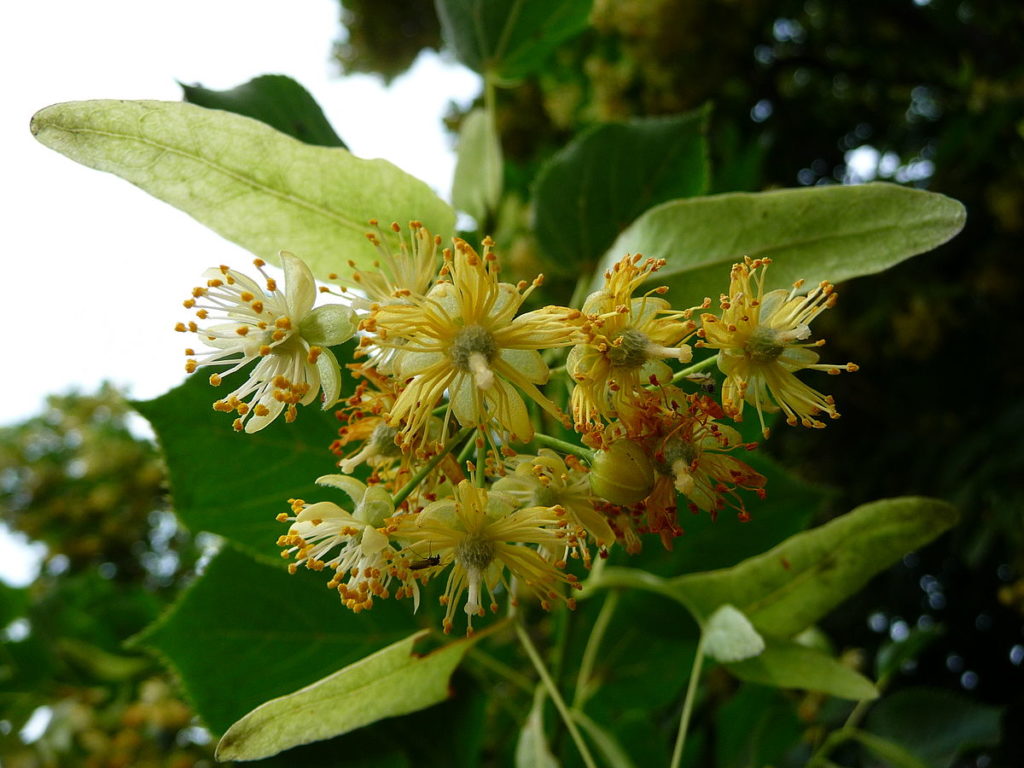Limes are sometimes taken for granted because they’re so easily and cheaply found in supermarkets across the United States. The benefits of this little citrus fruit should not be overlooked, however.
Limes add a delightful zest to teas, cocktails, desserts, and dinners, but they also boast a lot of health benefits.
The tart green lime that is widely available today days is actually a hybrid, much like other citrus fruits. The most common type of lime is the key lime (Citrus aurantifolia), although other sweet and sour varieties exist. Persian lime and kaffir lime are other common varieties. This seemingly innocuous fruit has had a unique history throughout the years and has been used in many different ways.
While the lime itself is delicious and full of vitamins, the essential oil derived from fresh lime peels has a wide variety of therapeutic uses. Its powerful oil can disinfect surfaces, prevent infections, reduce signs of aging, and remedy acne. Lime essential oil can be found in the Forest, Ocean, and Sexy blends.
Characteristics of the Lime Tree

Citrus aurantifolia is a member of the Rutaceae family, which includes other citrus species such as mandarin orange, grapefruit, lemon, and tangerine. The only “true” species in the citrus family are thought to be citron (Citrus medica), Mandarin, (Citrus reticulata) and pomelo (Citrus maxima). All other fruits in this species are hybrids of these three fruits.
Lime trees are often used in landscaping for both ornamental and edible purposes. In the wild, the lime tree thrives in tropical and subtropical climates and rarely grows taller than 16 feet. The leaves are ovate, glossy, and light or dark green in color. The flowers are white and approximately one inch in diameter.
EDITOR’S PICKS
In the Northern Hemisphere, flowers and fruits on the lime tree are most abundant between the months of May and September. The fruit varies between 1.2 and 2.4 inches in diameter, is oval in shape, and greenish-yellow when ripe. The pulp is yellowish-green in color and very acidic.
The fruits offer a variety of vitamins and minerals, including significant levels of vitamin C. They also contain small amounts of vitamin A, vitamin B6, phosphorus, iron, and magnesium. Additionally, limes contain high levels of antioxidants. Eating limes can also help improve the appearance of skin, hair, and teeth.
History of the Lime Tree

Lime trees originated in Southeast Asia and were introduced to Egypt and Northern Africa by Arab traders in the 10th century. Limes were brought to Spain by the Arabian Moors in the 13th century and were spread throughout southern Europe during the crusades.
Limes made their way over to the other side of the world on Columbus’s second voyage in 1493. They soon thrived in the warm Caribbean climate. Limes that were grown in the West Indies were commonly used by British explorers who ate them to prevent scurvy on long expeditions. The excessive use of these fruits rich in vitamin C earned them the nickname “limey,” a word that is still often used as slang for British people.
Limes were not introduced to the United States until the 16th century when a group of Spanish explorers brought limes from the West Indies to the Florida Keys—starting the ever-growing popularity of key limes. Brazil, Mexico, and the United States are now the world’s biggest commercial producers of limes.3
Medicinal Use of Limes
Historically, lime was often used for its astringent, antiseptic, diuretic, tonic, anthelmintic, digestive, appetite stimulant, and antiscorbutic properties. It has been shown to have anti-inflammatory effects on the digestive system and relieve the symptoms of stress-related digestive disorders.

The leaves, fruit, peel, and essential oil have all been used for their medicinal properties on small islands throughout history. For instance, an infusion of lime leaves was sometimes taken to treat bilious headaches and colds. The juice of the fruit has been added to various medicinal preparations to treat diarrhea, fever, and chest colds. It has also been drunk to prevent dysentery and treat “viccus”, a fever that causes sleepiness and relaxed digestive muscles.
When applied externally, the juice has been used to treat minor wounds such as scrapes, bites, and burns, as well as to treat dandruff. The root of the plant was traditionally used in French Guiana to treat hemorrhage.4
Nowadays, limes are still eaten for their high vitamin C content, and the essential oil derived from the peel is widely used in cosmetics and homemade remedies.
Lime Essential Oil
Lime essential oil is usually extracted from fresh lime peels by means of cold compression, although it can also be extracted through steam distillation. The means of extraction is important, as lime essential oil that has been cold compressed can be phototoxic. The essential oil that has been steam distilled has not shown the same phototoxic properties. The resulting oil has a bright citrus scent and is light yellow-green in color.

The powerful medicinal properties of lime essential oil come from its unique blend of terpenes. These include a-Pinene, b-Pinene, caryophyllene, cineole, geranial, limonene, linalool, myrcene, and sabinene.
The essential oil has a wide variety of uses—topically, aromatically and internally. It can be used topically to treat minor wounds such as bites, scrapes, burns or cuts and reduce the chance of bacterial infection.
When used aromatically, it can help protect against viruses that cause the flu and the common cold.
Adding a drop of lime essential oil to a cup of water can help stimulate the digestive system and kill harmful bacteria in the digestive tract.
Lime essential oil can also be used to reduce stress, boost the immune system, ease muscle pain, increase appetite, and improve the appearance of skin.
Ideas for Use
- Mix 10 drops of lime essential oil with water and white vinegar. Use to disinfect surfaces.
- Apply a drop or two of diluted lime essential oil to acne spots with a cotton ball before bedtime.
- Add a drop of lime essential oil to a glass of water to stimulate your appetite and improve digestion.
- Diffuse lime essential oil throughout your home to boost immune system function and mood.
- Add a drop or two of lime essential oil to your shampoo to help reduce dandruff.
Final Thoughts
Both the fruit of the lime tree and lime essential oil are incredibly versatile. This delicious citrus fruit can be used in endless dishes to add a burst of vitamins and flavor, while its oil can be used in a variety of homemade remedies.
To experience the benefits of lime for yourself, try lime essential oil in Ocean, an uplifting blend of eucalyptus, lime, and tangerineessential oils.
